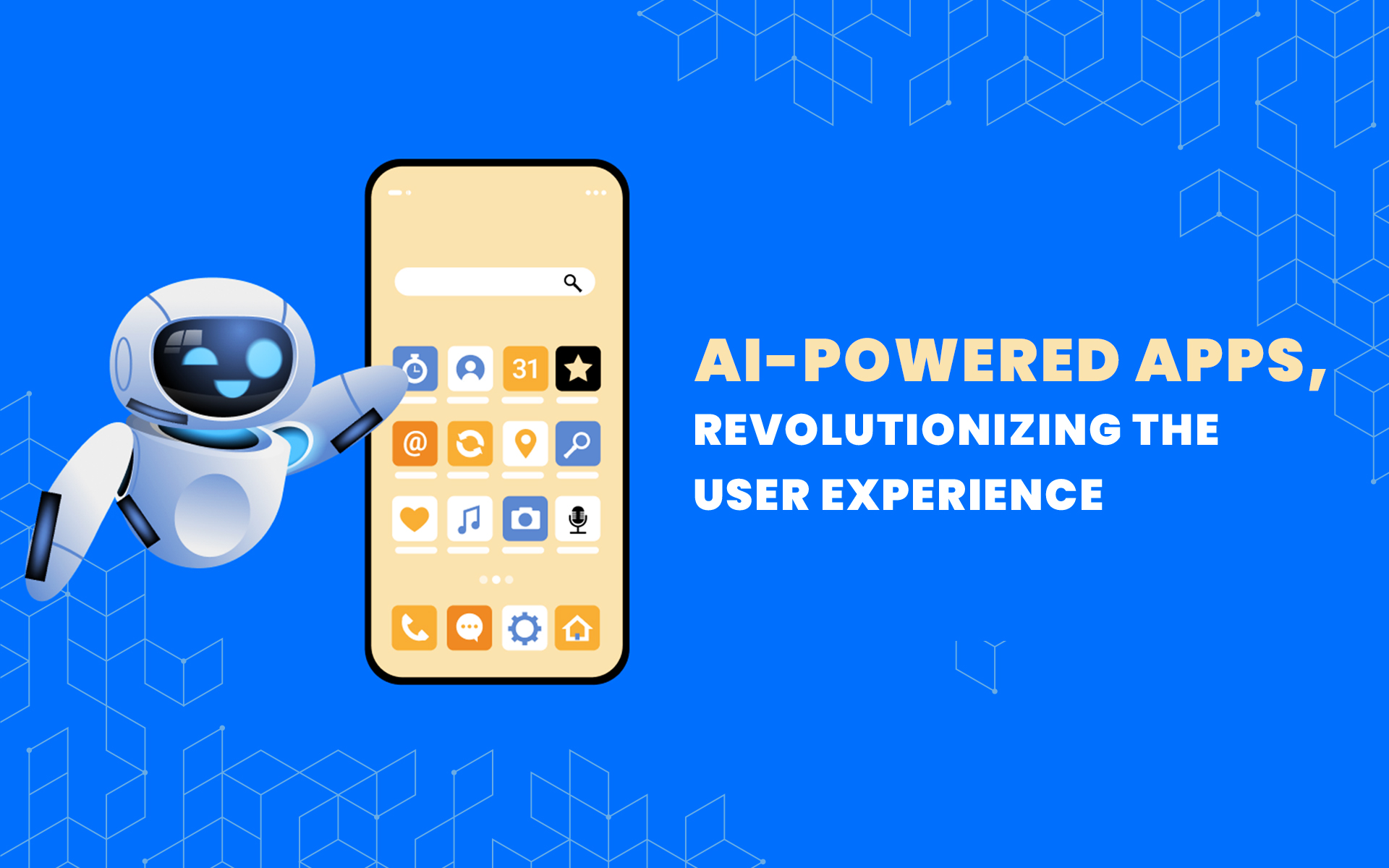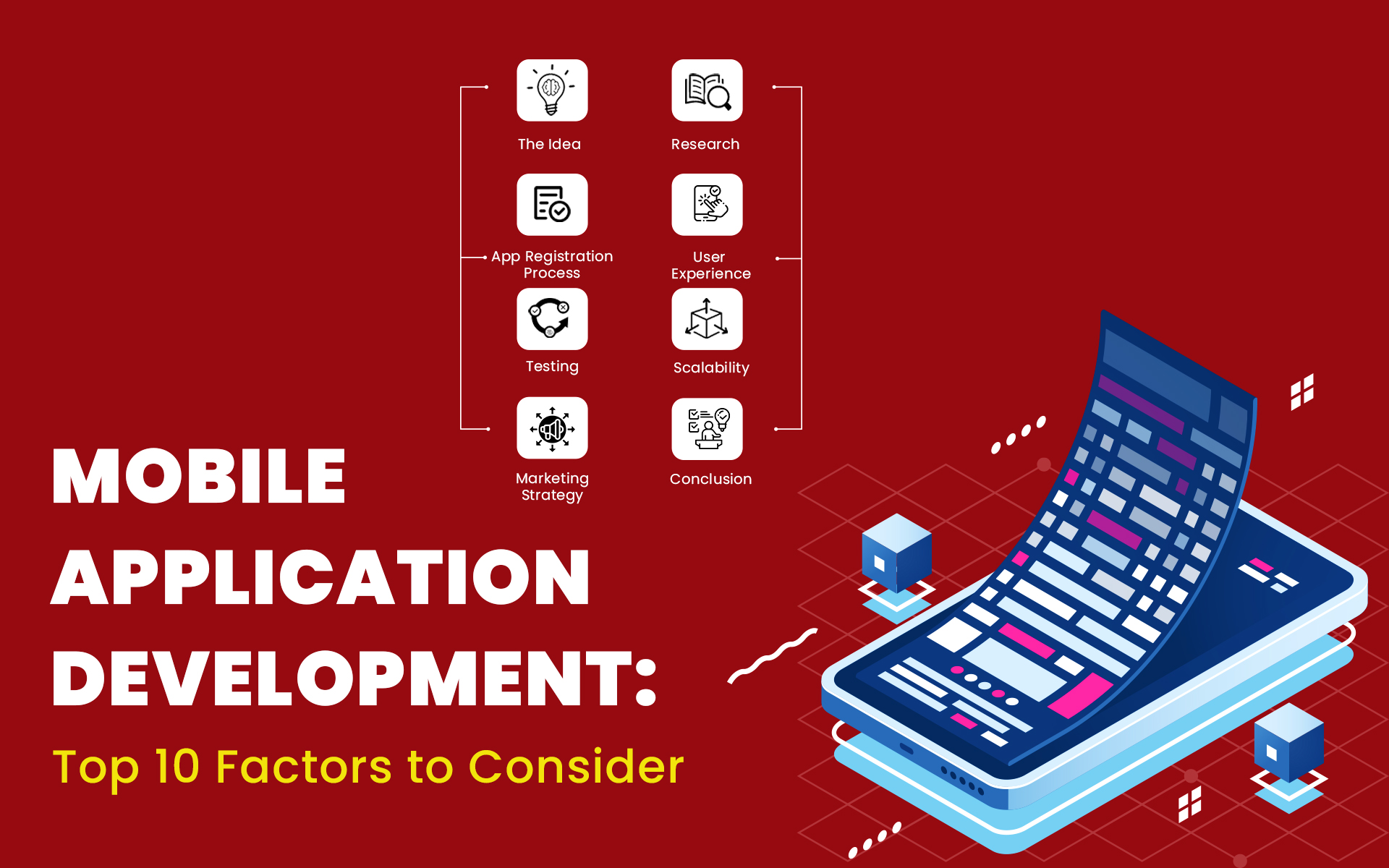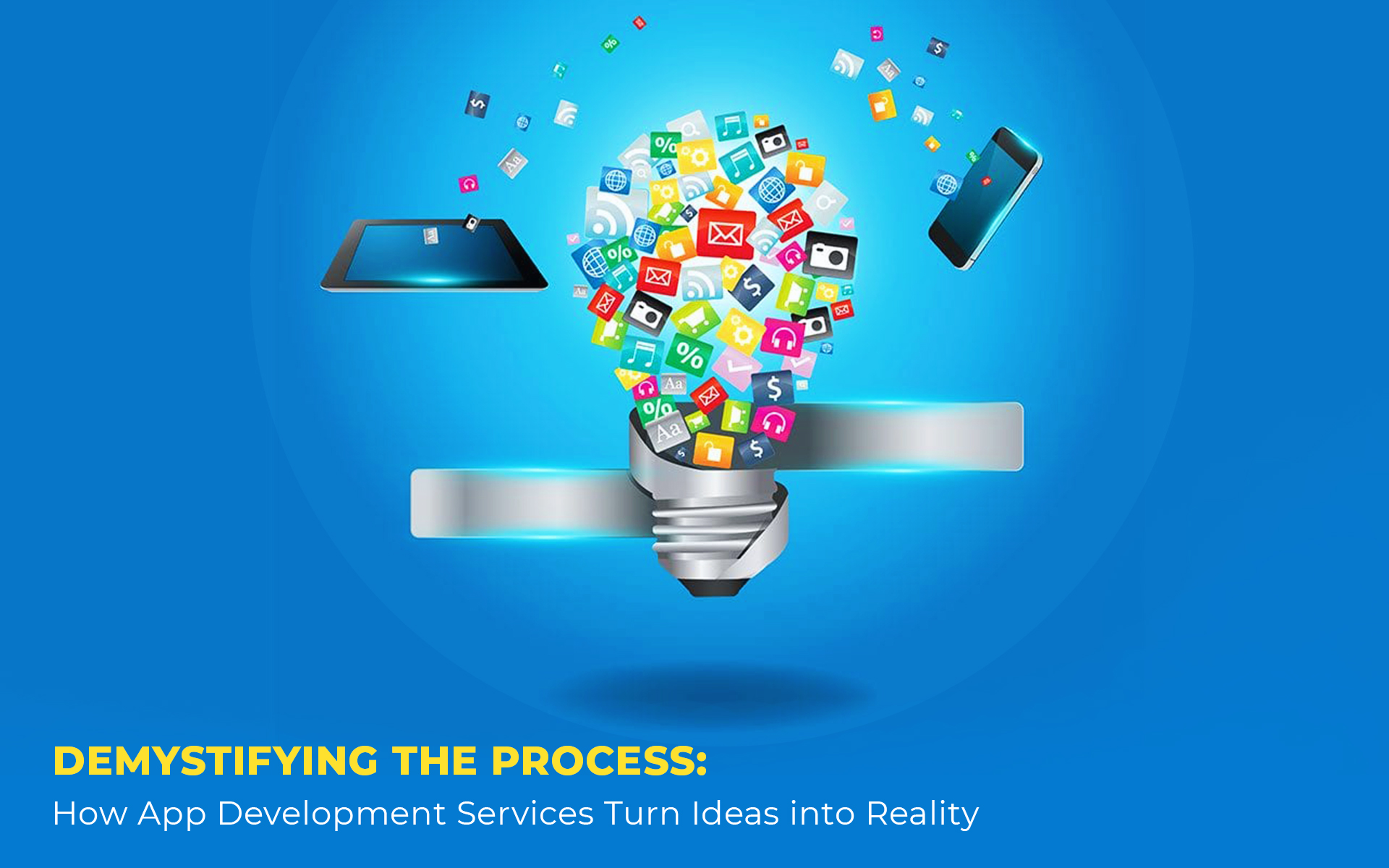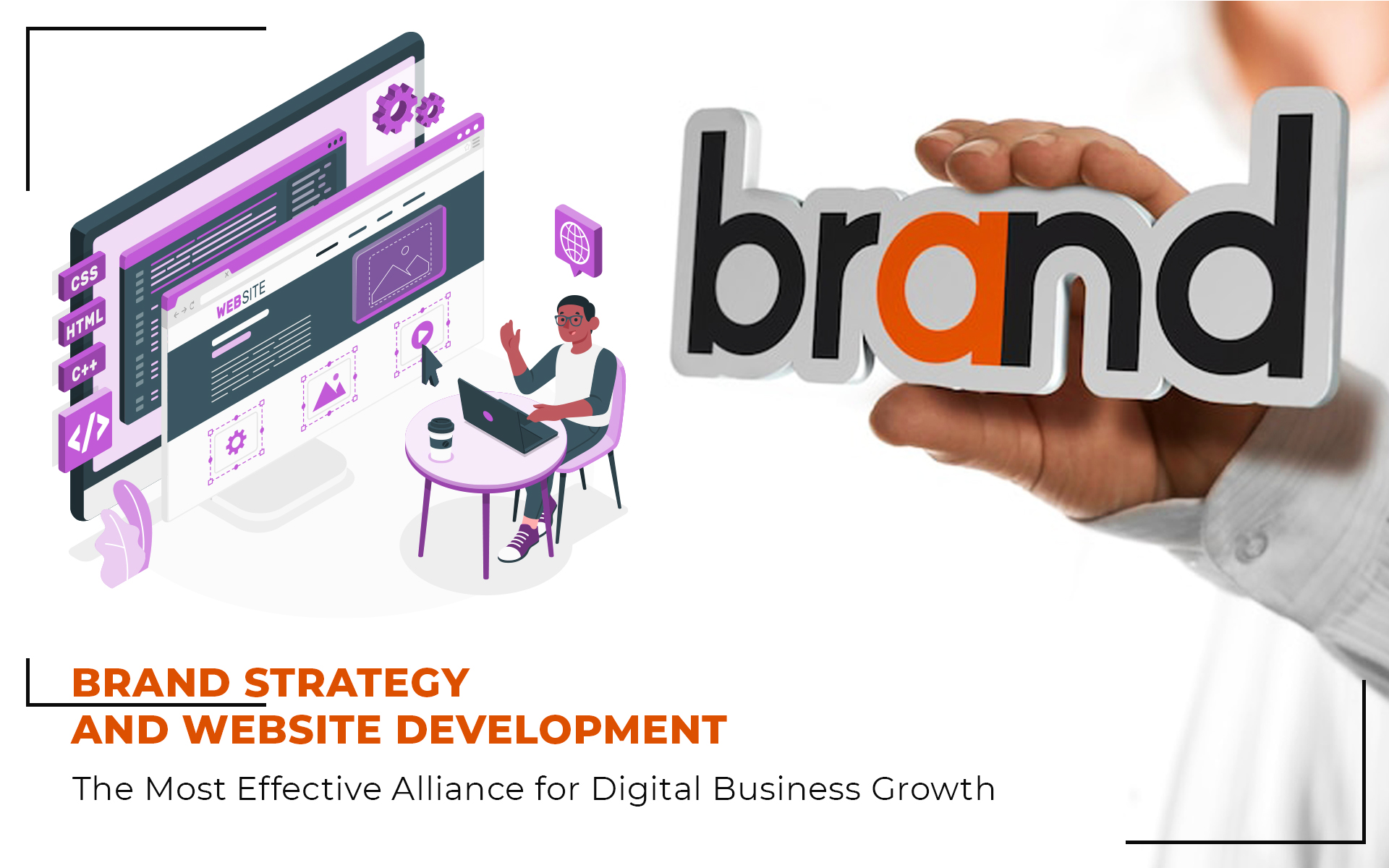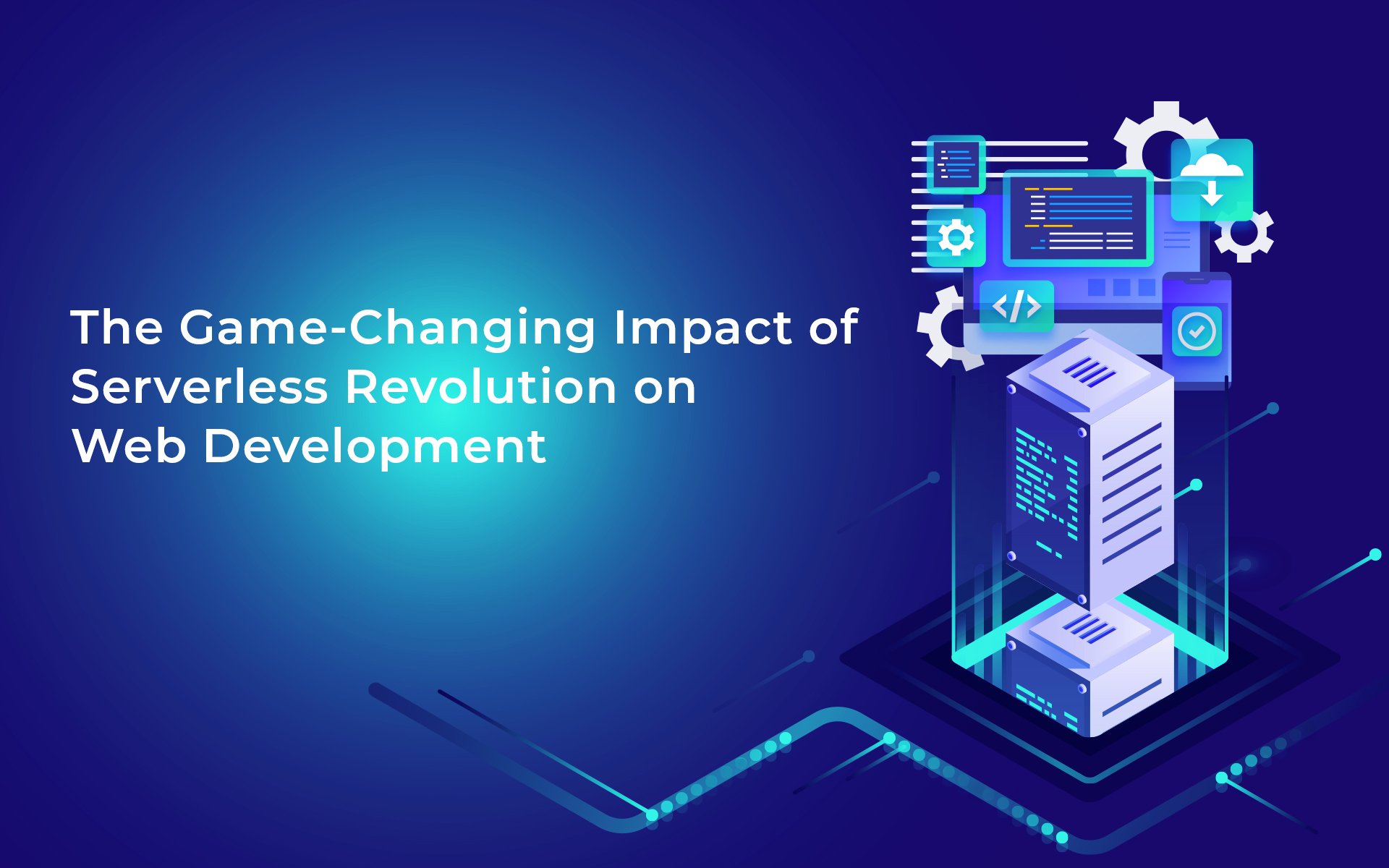Seamless Connection is the Future of the WORLD. It powers the digital infrastructure of the business. Today, with the upgradation of technology, industries are implementing it to elevate their productivity and efficiency. One such technology is application integration. Here, the power of interconnected systems is harnessed to drive success in the digital age. Undoubtedly, the application will continue to play a significant role in the business. Thus, the idea of application integration helps solve challenges like data redundancy and data silos and thus making it easy to share data and envisage business with advanced insights and capabilities. Wondering what exactly the application is and how it can aid in mobile app development, its working process, etc? Here is something that might interest you.
Concept of Application Integration
Application integration entitles programs to make your apps communicate and cooperate and use APIs ( Application Programming Interfaces), preserving distinct data copies, providing user access to information and features of varied programs, coordinating the organized flow and more.
Early the application was operated independently in individual silos resulting in manual data transformation and errors. The introduction of application integration eases the work by eliminating the barriers that allow seamless collaboration and are faster and error-free. Technologies such as API-led approaches and Event-driven architecture enable integration across multiple platforms that lead to empowering business. For distinct skills, varied integration tools are designed to make them accessible to individuals. The developers use this technology in Android app development and iOS app development for a better experience.
You must be wondering what application integration is precisely. Briefly, connected systems are essential for thoroughly understanding specific company workflows that generate revenue and call for numerous technological interventions.
Vendors frequently hire many application developers, but none have any connection to one another. Therefore, here, application integration helps through enabling technology. It aids in connecting SaaS and on-premises apps with your enterprise architecture, opens communication mechanisms, and reduces the data silos that slow the business process.
Understand Application Integration with Example
Depending upon the use case, data pattern and the tools of the application integration, the definition of it can vary in distinct organizations. To achieve Enterprise Application Integration (EAI), most businesses use a variety of tactics, from developing custom-built integrations between specific points in the network to using open-source software or taking advantage of application APIs such as Web Services. By combining technology with services, EAI strategies make it easy for mobile app development and computer systems to move data in absolute harmony, giving people the capability for one-time transfers, two-way synchronization synchronization, and on-demand data processing.
On-premise application integration:
To integrate custom, in-house, on-premise applications, writing code or implementing an enterprise service bus (ESB) for communication and data exchange outside the firewall or within a private cloud was common.
SaaS application integration:
Many SaaS applications, such as Salesforce or NetSuite, must be integrated into the enterprise architecture with pure-play iPaaS solutions. These leverage one-off API integrations to avoid data silos and black boxes.
Application-to-application integration:
Connecting e-commerce platforms such as Magento and Shopify to ERP systems, EDI software and other B2B data exchange workflow tools can automatically complete or initiate tasks internally. This way, an end-to-end process occurs, making life easier for business processes at their pivotal moments.
Know Different Types of Application Integration
The following are the different types of application integration:
Point-to-Point Integration: It involves tapping into individual systems directly to link each with its specific pair of systems. This could entail attaching to the particular backend systems or databases needed for mobile app design. For mobile app testing, point-to-point integration could mean directly attaching testing tools to the app and the different parts of it. This could mean linking point-to-point as hardware, software features, or other performance specifications in Android app development. Cross-platform application development might require your program to run concurrently on different operating systems and development frameworks.
Middleware Integration: Middleware Integration uses a middleware platform such as an enterprise service bus (ESB) that provides a medium for communication and data exchange between various applications. In mobile app design, middleware integration might mean attaching to the app with a few different backend services and databases. The middleware approach could mean simulating different network conditions or backend responses for mobile app testing. In Android app development, middleware integration could connect the app with other systems through an enterprise service bus. Cross-platform app development may involve using middleware to provide uniform communication across the platform.
- Data Integration: Data integration aims to unify the presentation and merging of data from various sources. To provide a smooth user experience, data integration in mobile app design may entail collecting data from several backend systems and APIs. Testing mobile apps may entail confirming the accuracy and consistency of data from various data sources. Data integration in Android app development might refer to integrating data from many sources into the app’s functioning. One aspect of cross-platform app development may be the presentation of uniform data across several platforms.
- Application Programming Interface (API) Integration: Using APIs to facilitate data interchange and communication across various software systems is known as API integration. API integration in mobile app design enables the app to communicate with other services and data sources. Mobile app testing may need APIs to automate testing procedures and access test results. When developing an Android app, API integration may refer to combining several APIs to improve the app’s functionality. Using APIs in cross-platform app development might help to guarantee consistent behaviour across many platforms.
How Does Application Integration Work?
As we have already learned about application integration, let’s see how it works. The following are a few points that may clear all doubts about application integration at once.
- Data Synchronization
This application integration process ensures that data is current and consistent across several devices and backend services. Regardless of the device, users may obtain the most recent data thanks to the smooth information exchange between the mobile app and the server. For instance, data synchronization in a collaborative mobile app ensures that modifications made on one device instantly mirror others, offering a unified and consistent user experience across several platforms.
- Process Orchestration
It is the coordination and automation of intricate business processes and workflows. It guarantees the fast and well-coordinated execution of various app functions, including user interactions, data processing, and external connections. For example, process orchestration oversees every step of the order fulfilment process in an e-commerce platform, from inventory control to payment processing, ensuring that consumers and the company have a smooth and efficient experience.
- Communication Protocols
Communication protocols are used in mobile app development in Nodia to provide guidelines and practices for data exchange between the application and outside services. This includes data formatting, mistake correction, and security standards. For instance, communication protocols like MQTT or CoAP are used in IoT (Internet of Things) mobile app development to enable communication between the app and IoT devices, guaranteeing dependable and secure data sharing.
- Event-driven Approach:
This technique allows real-time processing and response to events in mobile app development. This enables the application to respond dynamically to user input, system events, or outside triggers. For example, the event-driven architecture makes it possible for user feeds in social media apps to be updated in real-time in response to new posts or interactions, offering a responsive and exciting user experience.
Therefore, application integration is essential for seamless connectivity and collaboration between software systems. It may drive efficiency and elevate user experience.
Frequently Ask Questions:-
1: What is application integration, and why is it important in app development?
Answer: Application integration refers to the process of connecting different software applications, systems, or services to work together seamlessly and exchange data efficiently. It plays a crucial role in app development for several reasons:
- Data Consistency: Application integration ensures that data is synchronized and consistent across multiple systems, preventing discrepancies and errors arising from manual data entry or siloed databases.
- Improved Efficiency: By integrating various applications and systems, businesses can automate workflows and streamline processes, reducing manual effort and improving operational efficiency.
- Enhanced User Experience: Seamless integration between different components of an application leads to a better user experience. Users can access and interact with data across multiple systems without encountering disruptions or inconsistencies.
2: How does application integration work in app development projects?
Answer: Application integration works in app development projects through the following steps:
- Identifying Integration Points: Developers identify the different applications, systems, or services that need to be integrated and determine the integration points where data exchange or communication will occur.
- Selecting Integration Technologies: Developers select appropriate integration technologies and protocols based on project requirements and compatibility with existing systems. Common integration technologies include APIs (Application Programming Interfaces), web services, message queues, and middleware.
- Implementing Integration Logic: Developers write code or configure integration tools to implement the integration logic, specifying how data will be transferred, transformed, and synchronized between applications. This may involve mapping data fields, defining triggers and events, and establishing error-handling mechanisms.
- Testing and Validation: Integration processes are thoroughly tested to ensure they function as intended and meet business requirements. Developers conduct unit, integration, and end-to-end testing to validate data accuracy, system compatibility, and performance.
3: What are the benefits of application integration for businesses?
Answer: Application integration offers several benefits for businesses, including:
- Improved Data Accessibility: Application integration enables real-time access to data across multiple systems, allowing businesses to make informed decisions and respond quickly to changing market conditions.
- Increased Productivity: Application integration reduces manual effort by automating repetitive tasks and streamlining workflows, freeing employees to focus on more strategic activities, leading to increased productivity and efficiency.
- Enhanced Business Insights: Integrated applications provide a holistic view of business operations, enabling better insights and analytics. Businesses can gain a deeper understanding of customer behavior, market trends, and operational performance, leading to informed decision-making.
- Cost Savings: Application integration eliminates the need for duplicate data entry and manual data reconciliation, reducing errors and operational costs. It also allows businesses to leverage their existing systems and investments more effectively, maximizing ROI.





